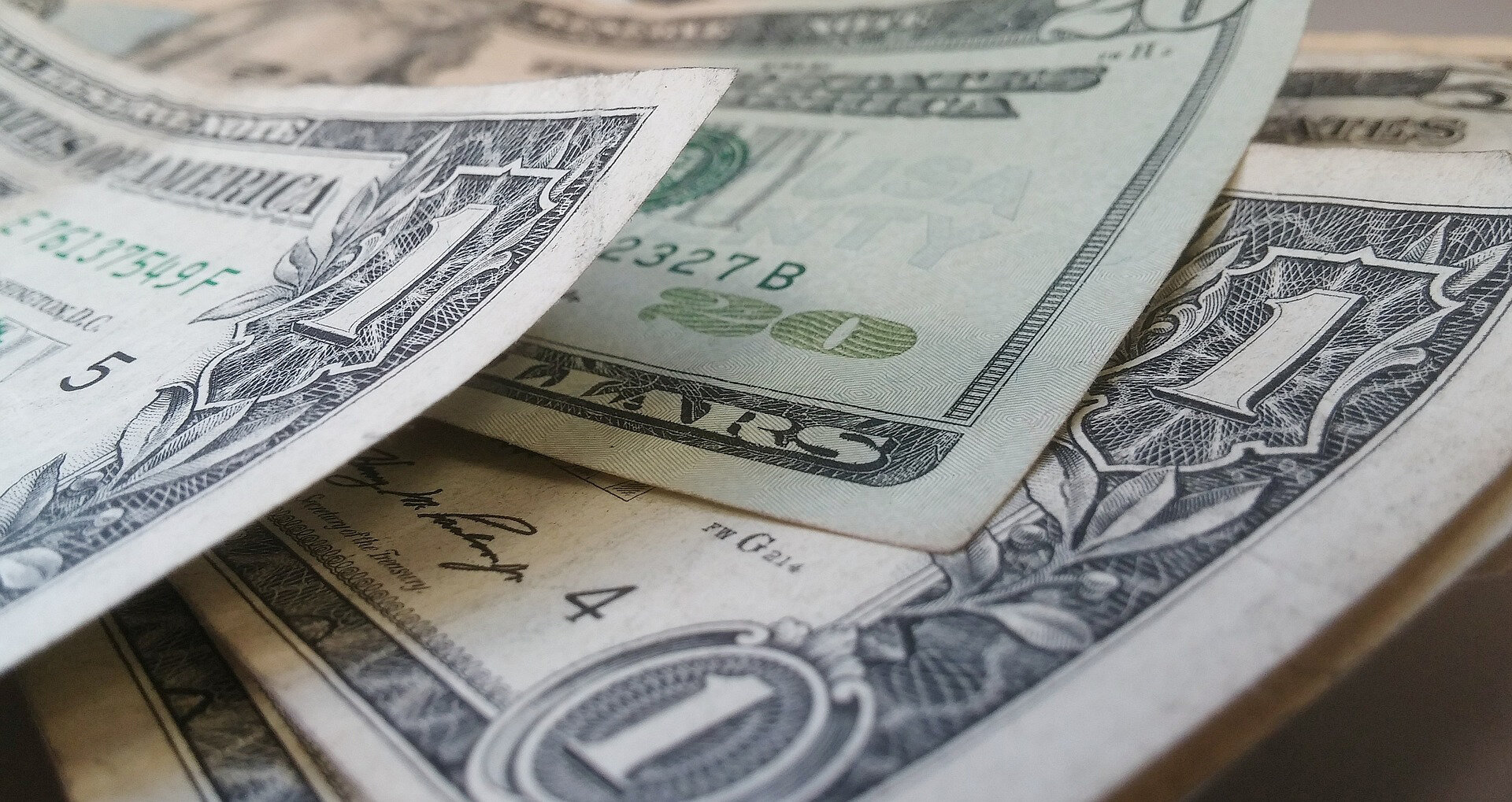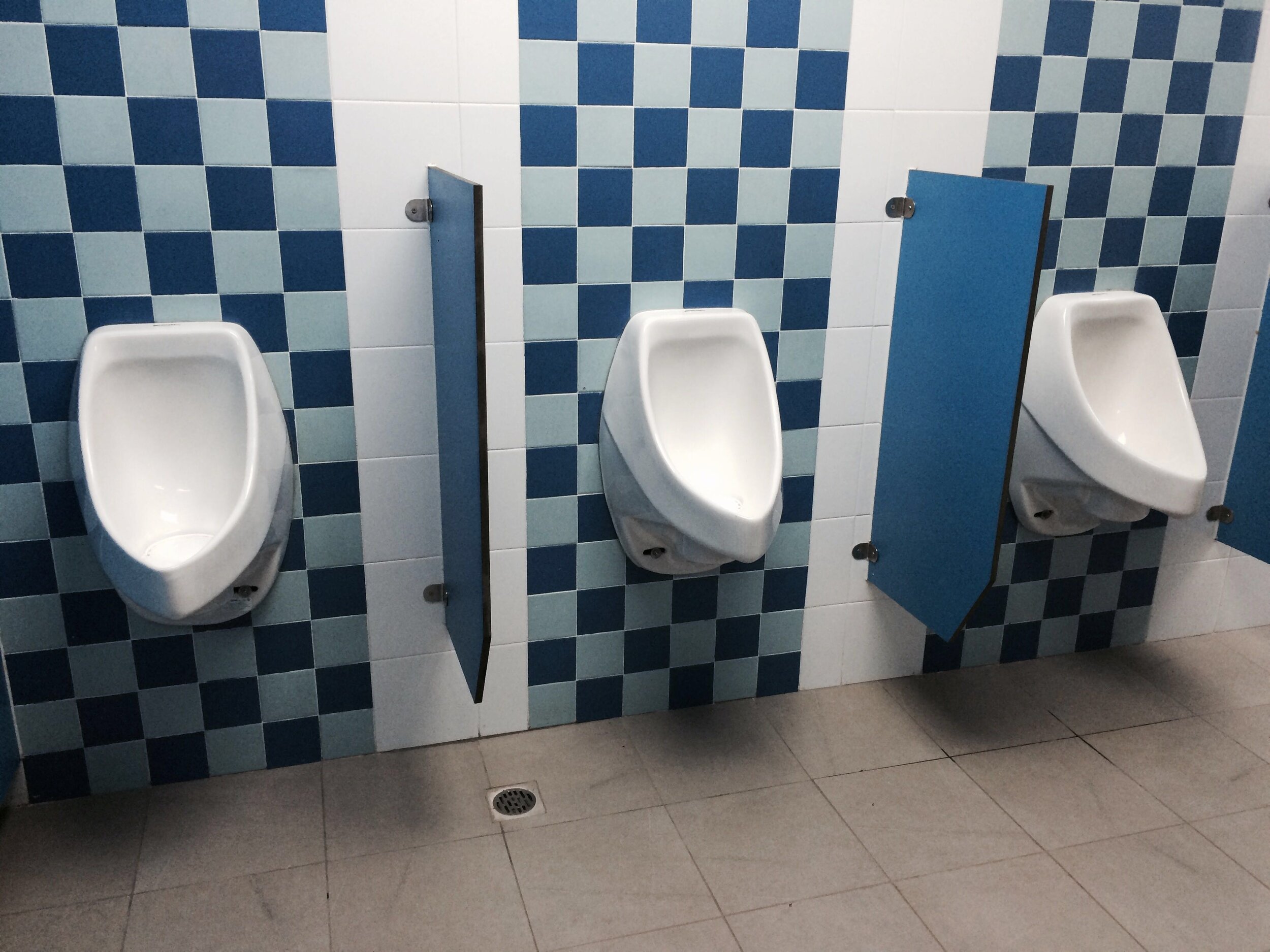A February survey in a leading trade magazine for the restaurant industry reports that most of their readers plan to update their establishments to be more touchless. Furthermore, of those responding, more than a quarter report they plan to install new fixtures in their restrooms, selecting only those fixtures that operate without touching.
This, of course, is all the result of COVID. As the restaurant industry around the country begins to open its doors, owners and managers want their patrons to know they are doing everything possible to protect their health and the health of their staff.
As to the survey, here is more of what was uncovered:
· Nearly one-third say they will be introducing touchless ordering and payment systems.
· Menus are also going touchless, so bring your phone. More than 20 percent say QR codes will replace menus this year or very shortly.
· Touchless doors and entryways are also being introduced by more than twenty percent of those surveyed.
This is just the beginning. We can expect even more changes in the future as this country begins to pull out of the pandemic. For instance, one Florida restaurant has hired "Peanut" to wait tables. Peanut is a restaurant robot. He welcomes patrons with menus, takes food orders, and delivers food.
The restaurant owner said he decided to hire Peanut because so many of his pre-pandemic staff have left his area of the country, are no longer interested in being waiters, or because patrons prefer not having close contact with a waiter. Furthermore, many waiters are concerned about serving patrons in a post-COVID era.
"Whatever the reason, Peanut is taking their place, and most of our patrons seem to be happy with him," says the restaurant owner. "He's even getting tips."
Other restaurants, including national chains like Chick-fil-A, are also hiring robotic waiters that can handle many of the tasks of restaurant help. According to one manager, who asked to remain anonymous, "they [the robots] can't get fevers and don't cough on food. They are relentlessly cheerful, never pushy, and the kitchen staff says they are easy to work with."
We also mentioned earlier that many restaurants around the country are rethinking their restrooms. Many are replacing traditional fixtures with auto-sensors that release water or flush toilets when needed to eliminate touching. These sensor-operated units have been replacing manual devices for several years; however, due to COVID, the pace of installing these devices has undeniably increased.
With urinals, however, it is another matter. Many bars and restaurants report that when manual flush mechanisms are installed on urinals, they tend to get vandalized. The same is true when sensor-controlled flush urinals are installed.
As a result, many restaurant managers and owners are taking a much closer look at waterless urinals.
There are no flush handles on waterless urinals. Further, there is no need to "touch" a waterless urinal. In fact, back in the early days when waterless urinals were first installed, signs often were placed above the urinals indicating all you need to do is "use the urinal and then walk away."
But there is another reason waterless urinals are garnering closer interest, which is all about health. We know that traces of COVID can be found in urine. If someone is carrying the disease and uses a flush urinal, there is a chance that splatter from the urinal - or the flush of the urinal - will release these pathogens into the air, spreading the disease.
There is less chance of this happening with waterless urinals, and, because they do not have flush handles, they do not need to be touched. With these benefits in mind, restaurant owners are finding waterless urinals to be a much healthier fixture option.
































